Let’s start with the aerial acrobats. Today alone a brown thrasher bounced past me on the shrub near the back door, three turkey vultures circled (a bit worrisome, when you think about it), and a pair of red-tails surveyed the neighbourhood from the top of an old spruce until they were routed by a furious grackle. A blackburnian warbler treated us to flashes of orange while scouting the buffet. As usual, loud mouth blue jays and cardinals compete for the “Best Effort at a Primary Colour”, although blue jays cheat by sporting body parts with different shades of blue. Jon just ran past with the two halves of an orange, intent on attracting the orioles who haven’t come by much since our pear trees died of storm damage but who are calling to one another. (As I word-process this, a black squirrel has already spotted and claimed at least one of the halves. I am told that oriole feeders have been invented and wow do we need to purchase one fast. Oh, the oriole has just arrived. To eat suet?? Go figure. I want my orange back.)
All in all, it never surprises me when a wild critter has the last laugh. — the red-bellies continue to confound us; we know they are living in our garden but they practise ventriloquism, then cleverly vacate their perch before we can track their trajectory. But the best event was last week in the park when I watched a gaggle of bird-watchers train their cameras and binoculars on a warbler while right behind them a gigantic wild turkey sauntered past.
It’s like Cirque de Soleil around here. There could be a bit more soleil but cirque it is! I finally got the chippie out of the garage and closed the door.
Oh, dear. Cue the red squirrels....
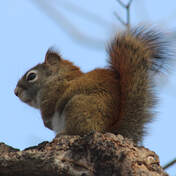
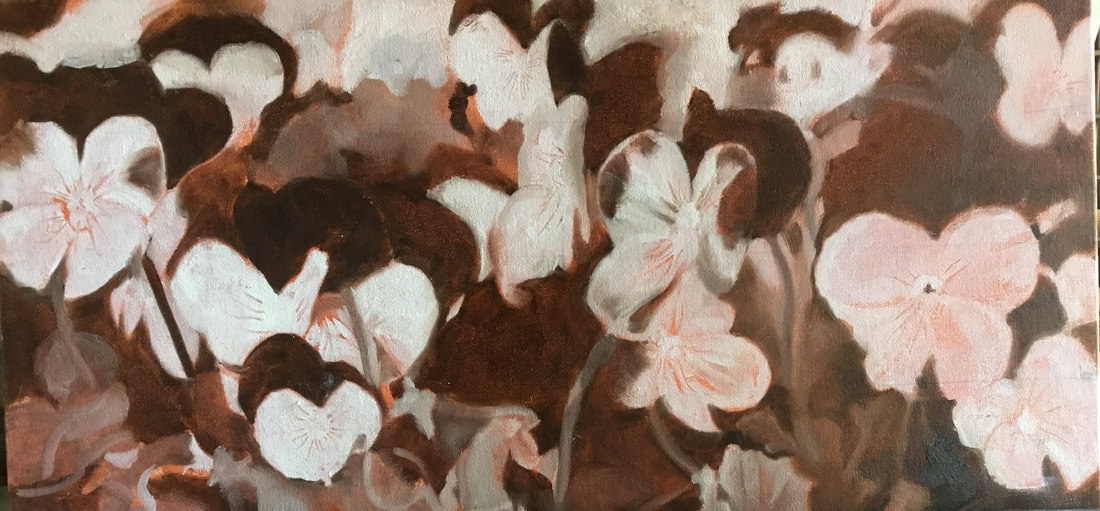
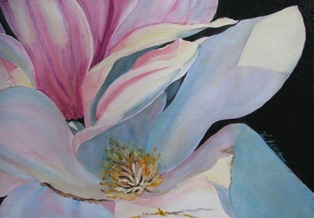
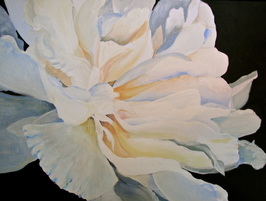
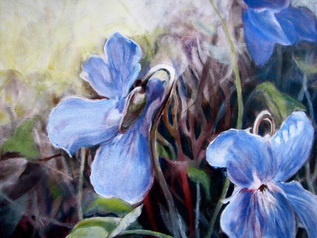
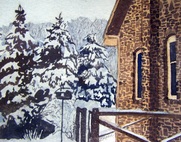

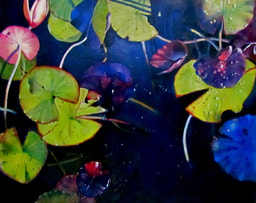
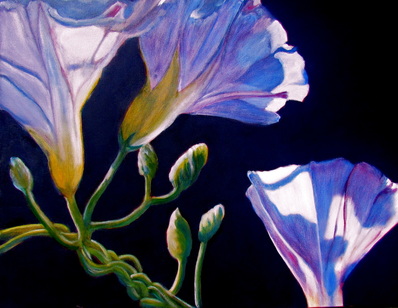

 RSS Feed
RSS Feed
